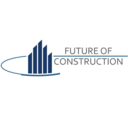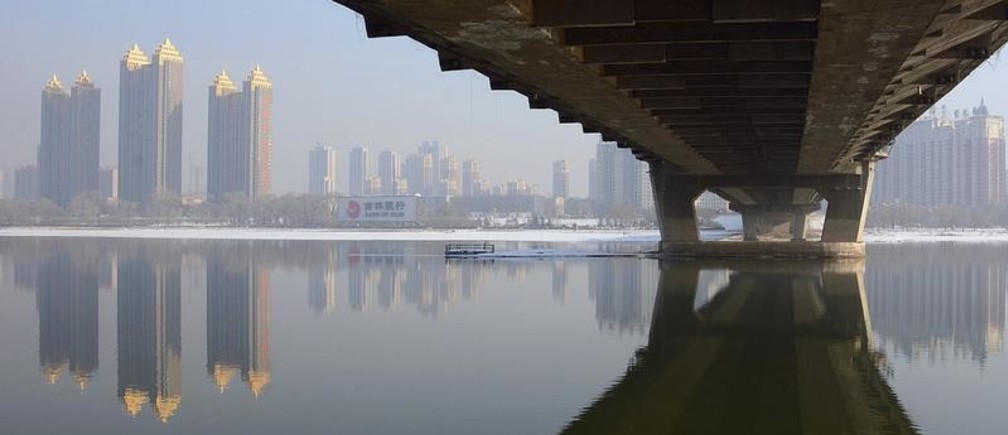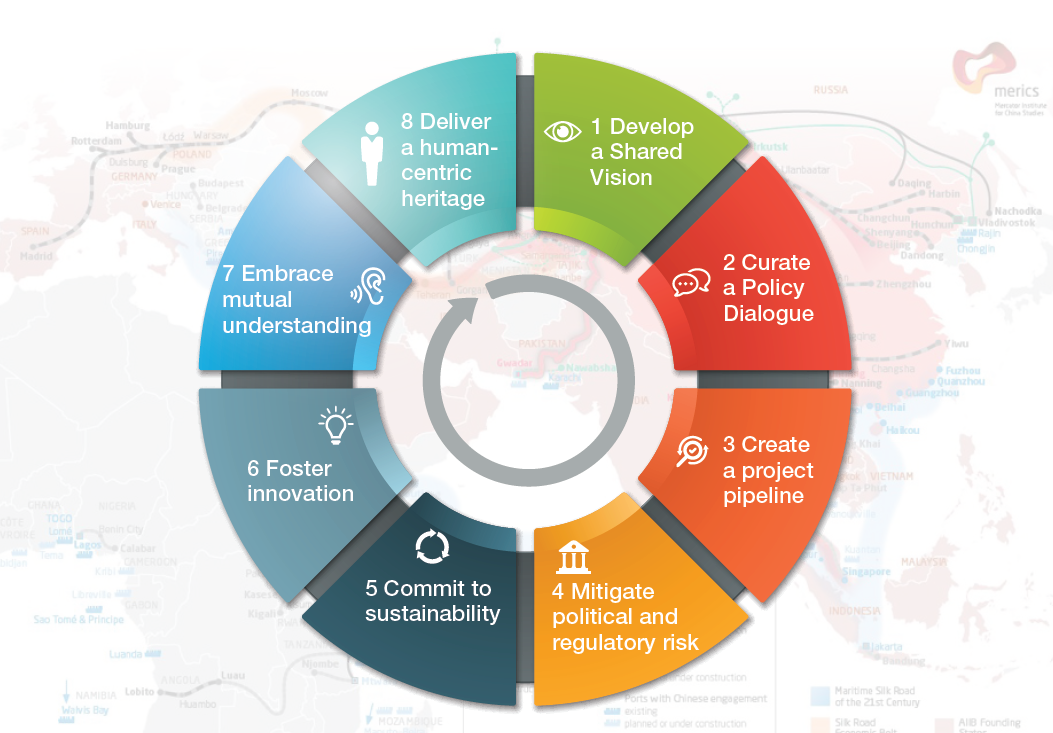The New Silk Road
Contents |
[edit] What is the New Silk Road?
The Silk Road was the name given in 1877 by the German geographer Ferdinand von Richthofen to the ancient network of trade routes linking China to central and western Asia, India and the Mediterranean region.
Today, China is breathing new life into the Silk Road with the goal of forging stronger relationships with its neighbours through the development and sharing of resources.
President Xi Jinping, speaking at the World Economic Forum 2017 in Davos, referred to the ancient Silk Road, highlighting the fact that international trade is an inherent human activity that helped in the past to maintain peace and stability over long periods of time.
[edit] What is its potential?
Today, the New Silk Road, or what is known as the Belt and Road Initiative (BRI), has the potential to prompt a profound shift in the global order towards a new multilateralism. In a narrow sense, the BRI is primarily a strategic infrastructure initiative of historic proportions. The planning and delivery of scalable infrastructure for power generation, transportation, water supply, and telecommunications will bring much-needed economic and societal connectivity to the 65 countries along this new network.
Through the BRI, China is proposing to share its immense financial and industrial resources and capabilities, as well as its experience of four decades of reform and opening-up, while securing its own long-term development.
The BRI makes a unique contribution to international cooperation and economic development: it is based on the stakeholder approach, it seeks to leverage market forces in best ways, it prepares best for the age of the Fourth Industrial Revolution, it is built on the open-platform concept and, most importantly, it is the positive narrative the world needs.
The BRI has five major goals: policy coordination; facilities’ connectivity; unimpeded trade; financial integration; and people-to-people exchange.
Beyond the initial commitment by the Chinese government of about $1 trillion in infrastructure development, which conservative estimates believe to be viable, the BRI will require roughly an aggregate of $6 trillion for the next 15 years to finance infrastructure projects fuelling the Belt and Road economies.
During that period, the Chinese plan to cumulatively invest $4 trillion in total – about 20 times the size of the post-Second World War Marshall Plan investment of $17 billion, which has a value of about $190 billion today. Several multilateral development banks have also committed to support the BRI to accomplish those ambitious goals and finance BRI-related projects.
[edit]
To avoid being locked into unsustainable patterns of development, which has been the common pitfall of large-scale strategic infrastructure projects, we anticipate eight transformation factors that have the potential to provide high-level stewardship for the BRI and revive the spirit of shared prosperity. These insights are derived from several years of analysing the infrastructure industry and its development projects.
To avoid being locked into unsustainable patterns of development, which has been the common pitfall of large-scale strategic infrastructure projects, we anticipate eight transformation factors that have the potential to provide high-level stewardship for the BRI and revive the spirit of shared prosperity. These insights are derived from several years of analysing the infrastructure industry and its development projects.
[edit]
Achieving transnational and international support for a shared vision for strategic infrastructure development that promotes wellbeing and a national sense of purpose to the communities beyond national borders.
[edit] Multilateralism
Curating an open and multilateral policy dialogue that addresses public-private-civic cooperation, early-stage project financing, standardized procurement and transparency, to level the playing field and build trusted relationships.
[edit] Project-preparation facility
Creating an infrastructure project-preparation facility to ensure a pipeline of bankable projects and a transnational centre of excellence to deliver the largest portfolio of projects ever.
[edit] Risk mitigation
Proactively mitigating political and regulatory risk to boost stakeholder engagement and confidence in the plan by investors, off-takers and operators.
[edit] Sustainable development
Committing to sustainability, inclusion and affordability principles to generate value for future generations beyond Agenda 2030.
[edit] Innovation
Enhancing technological and business model innovation for sustained value creation, ensuring readiness for the future.
[edit] People-to-people exchange
Governing domestic and cross-border migration and promoting mutual learning and understanding, to enable and deepen people-to-people exchange and transnational cultural cooperation, ensuring transcendent growth and universal purpose.
[edit] Human-centric and future-ready
Delivering the new humane infrastructure heritage beyond the current infrastructure usage for the next millennium.
Read more on what it takes to implement the eight steps towards shared prosperity and a sustainable future here.
Written by
- Michael Buehler, Head of Infrastructure & Urban Development, World Economic Forum
- Thorsten Jelinek, Director, Taihe Institute
- Sergio Gusmao Suchodolski, Director General, Strategy and Partnerships, New Development Bank (NDB)
- Pedro Rodrigues De Almeida, Member B20 Task Force on Financing Growth & Infrastructure, B20 Germany
- Olivier M. Schwab, Head of Business Engagement - Member of the Managing Board, World Economic Forum
[The views, opinions and positions expressed by author Sergio Suchodolski are his alone, and do not necessarily reflect the views, opinions or positions of the New Development Bank.]
--Future of Construction 13:39, 24 Oct 2017 (BST)
[edit] Find out more
[edit] Related articles on Designing Buildings Wiki
- A better investment framework for Africa.
- China - clean, green buildings of the future.
- How Latin America and the Caribbean can unlock their digital potential.
- India needs to build more infrastructure fast. Here’s how.
- Scoping project approach in the developing world.
- State of the construction industry in Uganda.
- These giant infrastructure projects are set to reshape Africa.
- Top architectural wonders of Dubai.
- Why the West has to join the Belt and Road Initiative.
Featured articles and news
Architects, architecture, buildings, and inspiration in film
The close ties between makers and the movies, with our long list of suggested viewing.
SELECT three-point plan for action issued to MSPs
Call for Scottish regulation, green skills and recognition of electrotechnical industry as part of a manifesto for Scottish Parliamentary elections.
UCEM becomes the University of the Built Environment
Major milestone in its 106-year history, follows recent merger with London School of Architecture (LSE).
Professional practical experience for Architects in training
The long process to transform the nature of education and professional practical experience in the Architecture profession following recent reports.
A people-first approach to retrofit
Moving away from the destructive paradigm of fabric-first.
International Electrician Day, 10 June 2025
Celebrating the role of electrical engineers from André-Marie Amperè, today and for the future.
New guide for clients launched at Houses of Parliament
'There has never been a more important time for clients to step up and ...ask the right questions'
The impact of recycled slate tiles
Innovation across the decades.
EPC changes for existing buildings
Changes and their context as the new RdSAP methodology comes into use from 15 June.
Skills England publishes Sector skills needs assessments
Priority areas relating to the built environment highlighted and described in brief.
BSRIA HVAC Market Watch - May 2025 Edition
Heat Pump Market Outlook: Policy, Performance & Refrigerant Trends for 2025–2028.
Committing to EDI in construction with CIOB
Built Environment professional bodies deepen commitment to EDI with two new signatories: CIAT and CICES.
Government Grenfell progress report at a glance
Line by line recomendation overview, with links to more details.
An engaging and lively review of his professional life.
Sustainable heating for listed buildings
A problem that needs to be approached intelligently.
50th Golden anniversary ECA Edmundson apprentice award
Deadline for entries has been extended to Friday 27 June, so don't miss out!
CIAT at the London Festival of Architecture
Designing for Everyone: Breaking Barriers in Inclusive Architecture.
Mixed reactions to apprenticeship and skills reform 2025
A 'welcome shift' for some and a 'backwards step' for others.



























